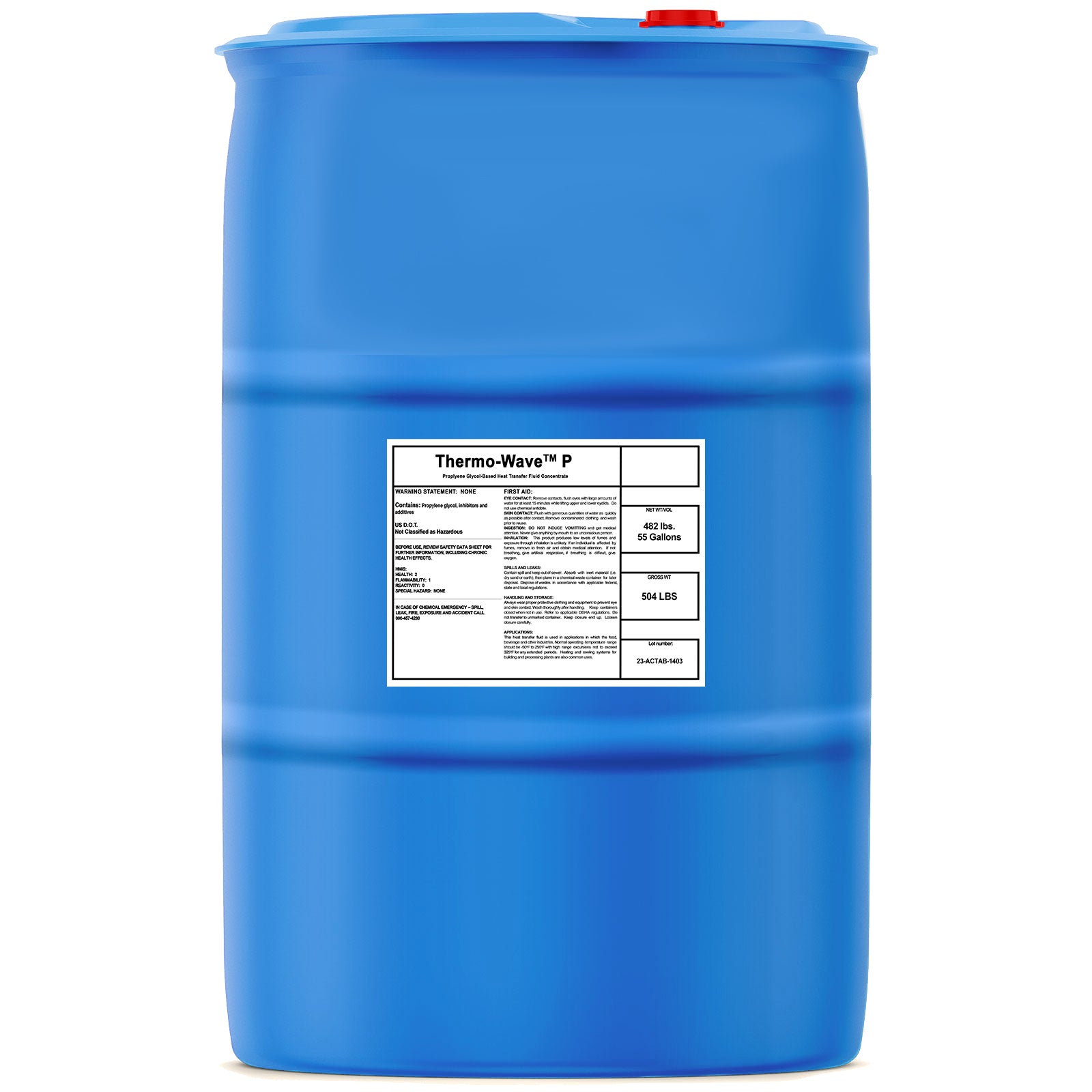Leading Factors To Consider for Picking the Right Heat Transfer Fluid for Your Needs
Leading Factors To Consider for Picking the Right Heat Transfer Fluid for Your Needs
Blog Article
How Heat Transfer Liquid Adds To Sustainable and Economical Procedures
In the modern commercial landscape, the role of warm transfer fluids (HTFs) in promoting lasting and cost-effective operations can not be overemphasized. These liquids are essential in enhancing thermal management systems, thereby substantially boosting energy efficiency and reducing functional prices. heat transfer fluid. The ecological advantages of sophisticated HTFs, with their high thermal security and low toxicity, are indisputable.
Comprehending Heat Transfer Liquids
In the world of thermal management, warm transfer liquids (HTFs) act as necessary representatives for moving thermal energy from one area to an additional. These liquids play an essential role in numerous commercial applications, consisting of chemical processing, power generation, and cooling and heating systems. HTFs are especially crafted to run within a variety of temperature levels, efficiently promoting the transfer of heat while maintaining a stable thermal account. Their capability to function under severe conditions-- whether high temperature levels or cryogenic degrees-- makes them essential in atmospheres demanding exact thermal control.
The composition of warm transfer fluids can vary significantly, including options such as mineral oils, artificial oils, glycols, and molten salts. Each kind provides distinctive benefits, such as improved thermal security, low viscosity, and high boiling points, which are selected based on specific functional needs. Furthermore, the option of HTF effects not just the efficiency of warm transfer but also the durability and security of the system in which it is utilized.
As industries proceed to innovate, the advancement of innovative HTFs, defined by their improved thermal conductivity and reduced environmental effect, is important for meeting the needs of modern-day thermal monitoring obstacles.

Enhancing Power Effectiveness

Improving power efficiency has ended up being a vital problem across various sectors, motivating a better assessment of warmth transfer liquids' function in maximizing thermal monitoring systems. These fluids are essential to maintaining the wanted temperature in procedures, therefore decreasing energy waste and improving general system effectiveness. By choosing an ideal warmth transfer fluid, industries can dramatically improve their energy efficiency, resulting in minimized energy consumption.

Advanced formulations of heat transfer liquids have been established to hold up against extreme temperatures while preserving stability and efficiency. Enhancing energy performance via optimal warm transfer liquid selection is not just a technological necessity but likewise an ecological critical.
Decreasing Operational Expenses
Functional prices are a significant factor to consider for sectors looking for to preserve affordable benefit, and the choice of warm transfer liquid plays an essential function in price management. Choosing an ideal warm transfer fluid can bring about substantial price savings by boosting system efficiency and minimizing energy usage. High-performance liquids lessen thermal degradation, which consequently decreases the regularity of check out here fluid replacement and downtime associated with maintenance, thereby lowering functional expenditures.
Moreover, heat transfer liquids with superior thermal security and corrosion resistance extend the life expectancy of devices. This lowers the demand for frequent repair work and replacements, which can be expensive and turbulent to procedures. By purchasing top notch liquids, sectors can achieve lasting decreases in this link maintenance expenses and enhance the integrity of their systems.
Furthermore, advanced warm transfer liquids frequently show reduced viscosity at operating temperatures, which enhances pump efficiency and lowers energy use in liquid circulation. This optimization of power consumption directly equates right into reduced functional costs. Furthermore, many modern heat transfer fluids are engineered to run successfully over a wide temperature level range, decreasing the need for numerous liquid kinds, therefore enhancing supply demands and minimizing associated costs. These variables collectively add to even more sustainable and cost-efficient operations.
Environmental Influence Decrease
The push in the direction of decreasing environmental effect has gotten momentum in industries leveraging heat transfer liquids. Warmth transfer fluids (HTFs) play a critical duty in this change, supplying chances to boost energy performance and reduce discharges - heat transfer fluid.
Furthermore, the use of innovative warm transfer fluids adds to enhanced system efficiency, reducing the overall power usage. This reduction not just leads to expense savings yet likewise lowers carbon dioxide emissions, helping in the battle against climate modification. Liquids that are naturally degradable and recyclable additionally boost sustainability efforts, as they diminish waste and promote circular economy methods.
Additionally, incorporating HTFs right into closed-loop systems protects against fluid loss and contamination of the surrounding atmosphere. This method ensures that liquids are reused, reducing the need for new sources and restricting waste generation. By welcoming these ecologically aware techniques, industries can significantly lessen their ecological impact while maintaining high functional performance, aligning with global sustainability goals and governing needs.
Picking the Right HTF
Selecting the ideal warmth transfer liquid (HTF) is an essential action in advancing ecological sustainability within industrial processes. The selection of HTF directly affects system performance, energy consumption, and environmental influence. A perfect HTF should possess a high thermal capacity, low thickness, and high thermal conductivity to ensure effective warm transfer. Additionally, its security over a wide temperature variety is essential to stop degradation, which can result in raised emissions and waste.
This makes sure long life and decreases maintenance prices. The liquid must be safe and naturally degradable, minimizing its eco-friendly footprint and making certain try this out compliance with environmental regulations.
Verdict

Report this page